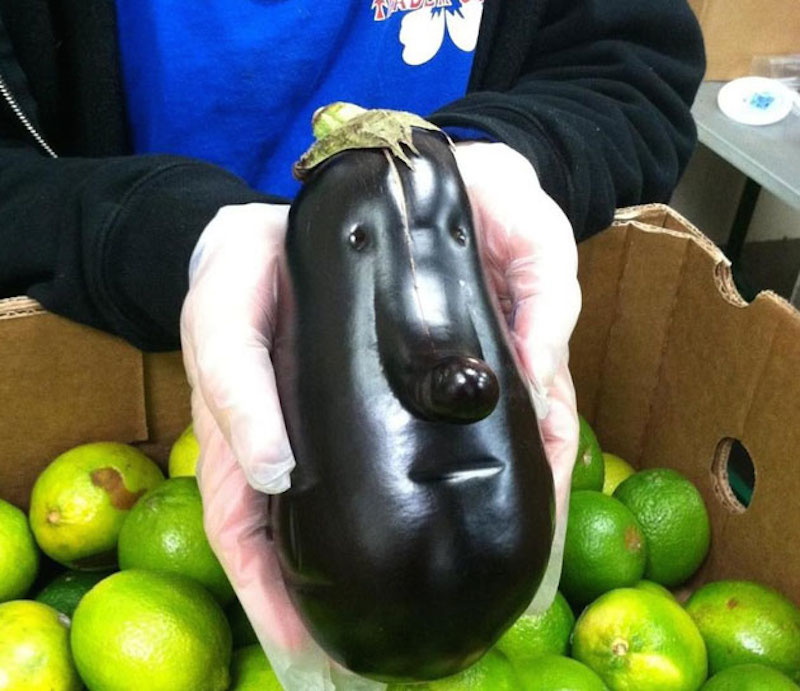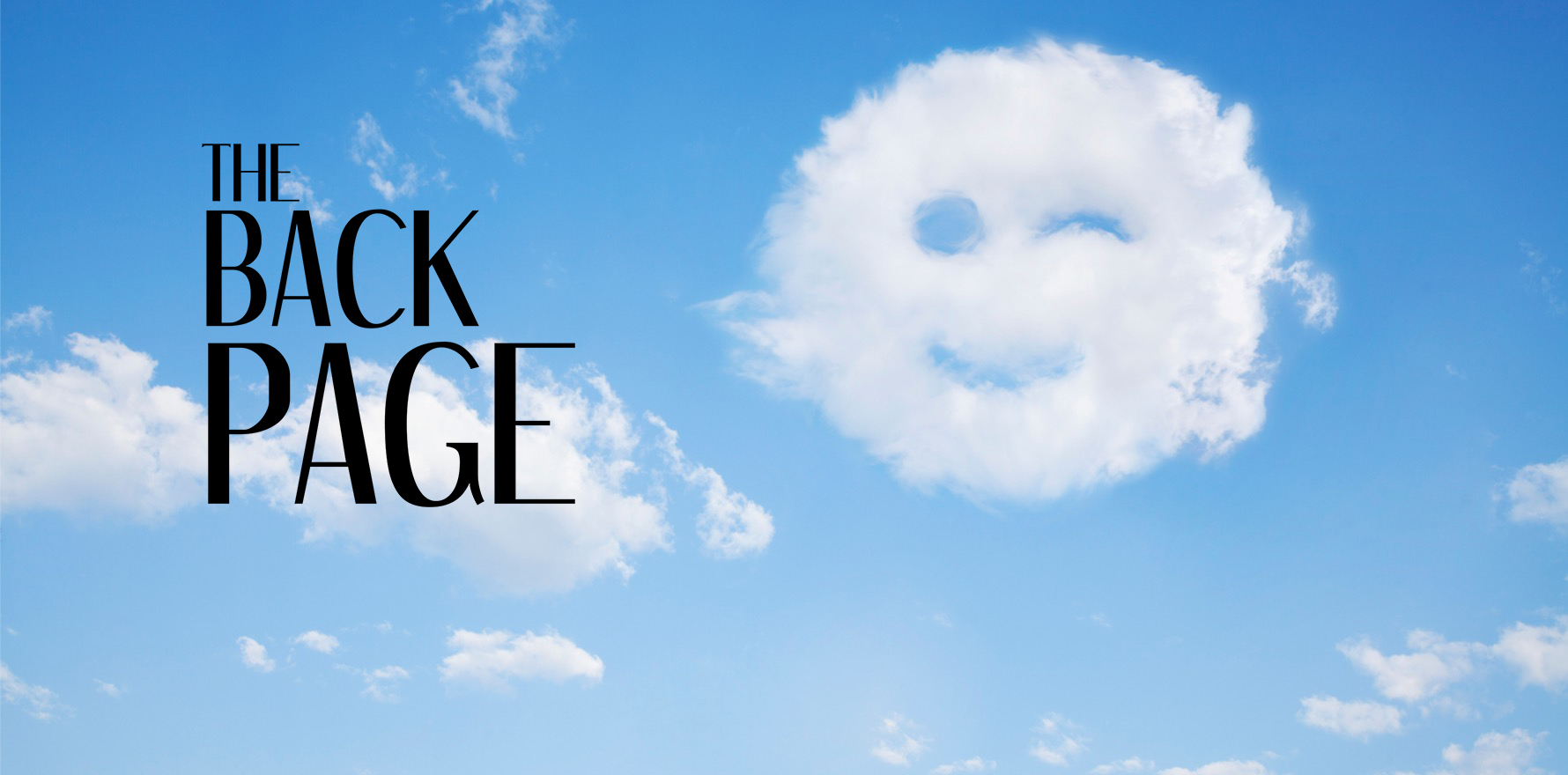It seems we have a gender bias when it comes to imaginary faces.
One of the more entertaining quirks of humanity’s neurological evolution is our propensity to see faces where there aren’t any.
Everyone’s seen a face appear in the clouds, or on a piece of burnt toast, or in the darkest corner of your bedroom as you drift off to sleep. The survival of our species depends on our ability to detect patterns in the environment, and to easily recognise friend and foe, so it makes sense that our hyper-active imaginations err on the side of “that’s a person!” when really we’re just looking at a comically lumpy vegetable.

But researchers from the University of Queensland have discovered an interesting wrinkle in this universal experience. It seems that by and large, people are more likely to see illusory male faces than female ones.
Almost 4000 participants were shown numerous examples of “face pareidolia” (as the phenomenon is known in clinical circles), as well as inanimate objects with no identifiable facial structure. They were asked to indicate whether each example had a distinct emotional expression, age, and biological sex, or not. The results indicated that illusory faces engage social perception beyond the detection of a face: participants also perceived age, gender, and emotional expression. And overwhelmingly, the participants saw the faces as male.
According to Dr Jessica Taubert from UQ’s School of Psychology, seeing a facial structure in an everyday object can tell us a lot about how our brains detect and recognise social cues.
“As illusory faces do not have a biological sex, this bias is significant in revealing an asymmetry in our face evaluation system when given minimal information.
“The results demonstrate visual features required for face detection are not generally sufficient for the perception of female faces.”
Using these results, the researchers say we can now compare how we recognise emotion, age, and biological sex to the performance of computers trained to recognise these cues.
Unfortunately, they can’t seem to explain why I mostly see evil clowns everywhere I look.

If you see something that looks like a face, say something to felicity@medicalrepublic.com.au


